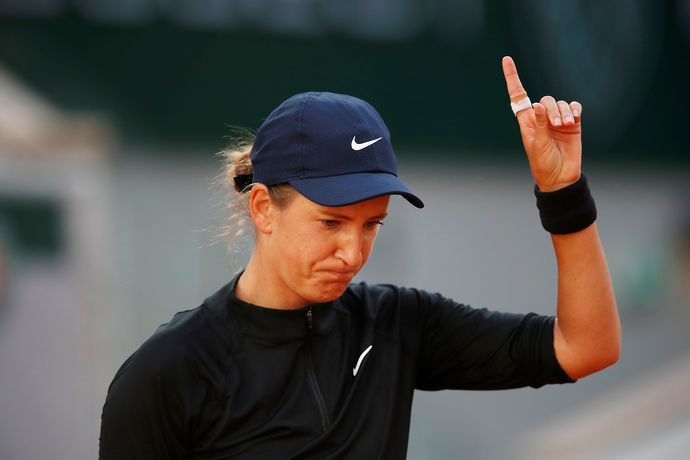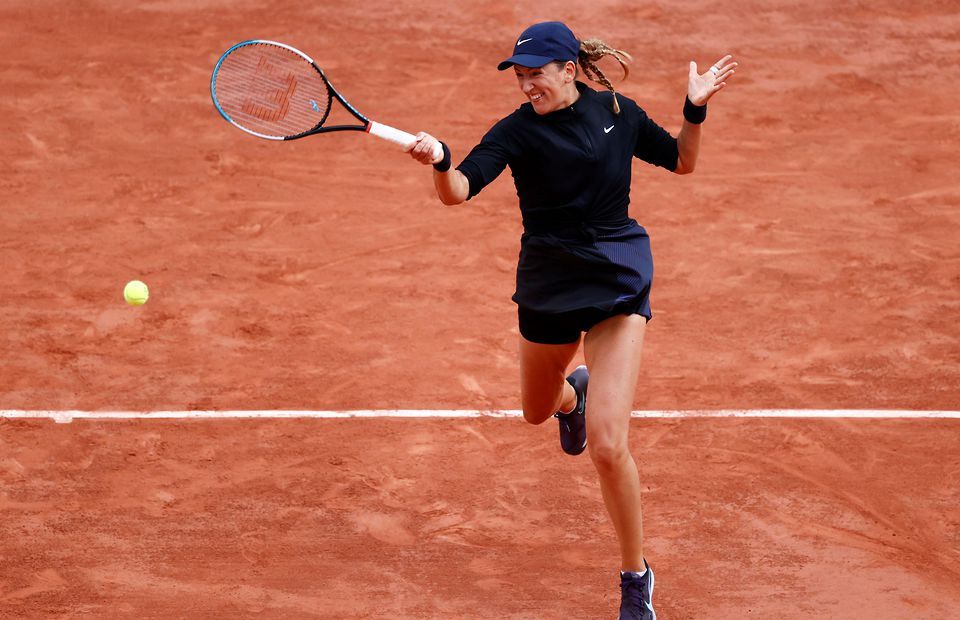Victoria Azarenka has criticised the French Open for a lack of gender equality in scheduling, but are her accusations unfounded or worthy of consideration?When it comes to gender disparity in sport, tennis is rarely cited as an example. Indeed, across all four major tournaments there is equal prize money for men and women –– thanks largely to trailblazers like Billie Jean King and global icons such as Serena Williams campaigning for this reality.The increased exposure of the women’s game over the years has also seen tennis stars catapulted into the spotlight. In Forbes’ ranking of the top 10 highest-paid female athletes in 2020, nine of them were tennis players. Even more remarkably, Naomi Osaka was recently listed as the 15th richest sportsperson on the planet.Yet, this doesn’t make the sport immune to criticism. Because, if tennis is going to be the model for other sports to follow –– if tennis is going to honour what Jean King fought so hard to achieve and if tennis is going to be a voice for equality in general –– then it has to listen. Azarenka’s grievance, in this case, is that women have been ignored for Roland-Garros’ new night session. With Court Phillipe-Chatrier boasting a grandiose new roof, the most enticing matches can be scheduled for later in the evening.Serena Williams was chosen as the first-night match of the competition as she sought to win a record-equalling 24th Slam, however, every game since has been a men’s contest.As a former world number one and two-time Grand Slam winner, Azarenka is more than deserving of a chance to play in such a session. It’s not about how she, herself, was snubbed, though. Rather, it’s that virtually every other woman has been as well.Organisers hide behind this knowledge the Belarussian says, by reiterating that matters are “too complicated,” and use the equal pay bargaining chip as a veil by which to conceal a clear bias."I think sometimes you need to hold some people accountable for some of those things and not continuously point to the obvious of prize money," she stresses.
Azarenka’s grievance, in this case, is that women have been ignored for Roland-Garros’ new night session. With Court Phillipe-Chatrier boasting a grandiose new roof, the most enticing matches can be scheduled for later in the evening.Serena Williams was chosen as the first-night match of the competition as she sought to win a record-equalling 24th Slam, however, every game since has been a men’s contest.As a former world number one and two-time Grand Slam winner, Azarenka is more than deserving of a chance to play in such a session. It’s not about how she, herself, was snubbed, though. Rather, it’s that virtually every other woman has been as well.Organisers hide behind this knowledge the Belarussian says, by reiterating that matters are “too complicated,” and use the equal pay bargaining chip as a veil by which to conceal a clear bias."I think sometimes you need to hold some people accountable for some of those things and not continuously point to the obvious of prize money," she stresses.
This is not a new issue either. In 2019, no women were chosen to feature on Phillipe-Chatrier in the semi-finals. At the Australian Open in 2020, no women were featured in the night session for the entire second week of the event.
When you consider world number one and home crowd favourite Ashleigh Barty made it to the semis that year, it becomes evident that this is far more than just a Roland-Garros quandary, but a tennis problem in general.
If the sport really does believe that players should be paid equally, then they must agree they deserve the right to be showcased in the same way. If they accept the ludicrous logic of women playing fewer sets as futile grounds by which to assess their worth, then there is no reason to be disregarding them when it comes to scheduling.
While many of the biggest female stars are out of this year’s tournament, there are still players that would provide the same entertainment as watching Rafael Nadal or Novak Djokovic win in straight sets. 17-year-old Coco Gauff has the potential to make history as the youngest ever champion and Iga ÅšwiÄ…tek is aiming to defend a French Open title for the first time in 14 years.
So tennis can most definitely still improve. It may be a lot further along than other sports, but it’s far from perfect. Equality of pay has been achieved. Now, equality of opportunity must come next.

















